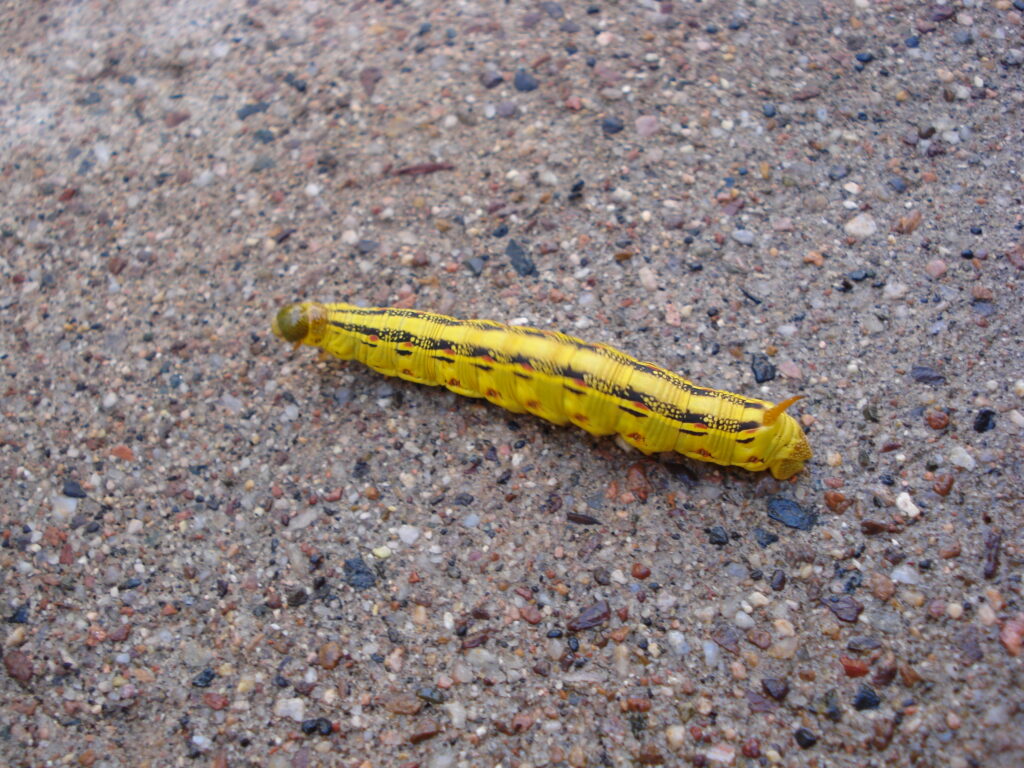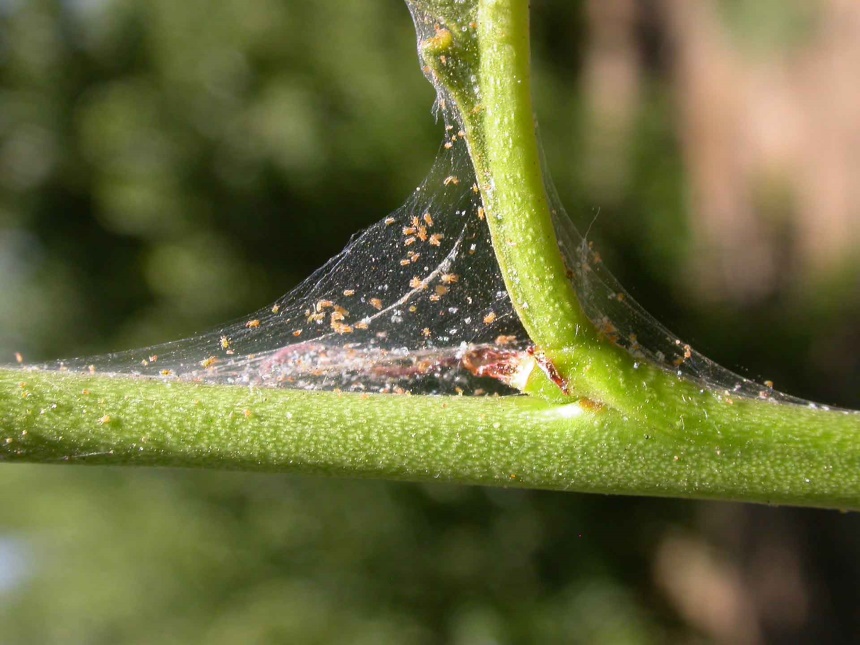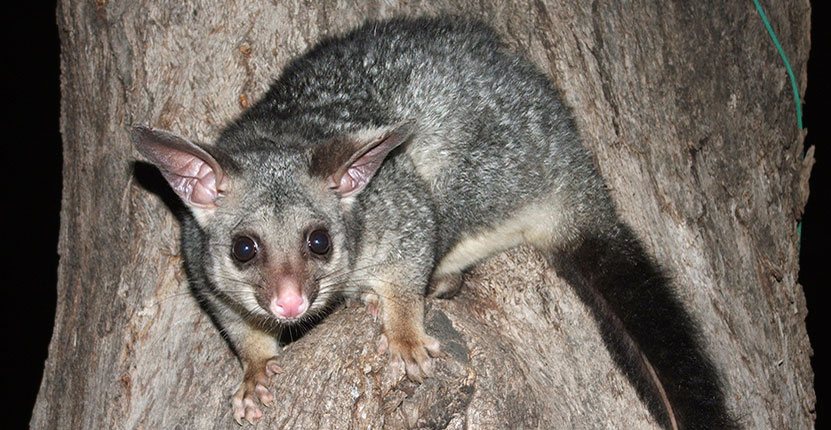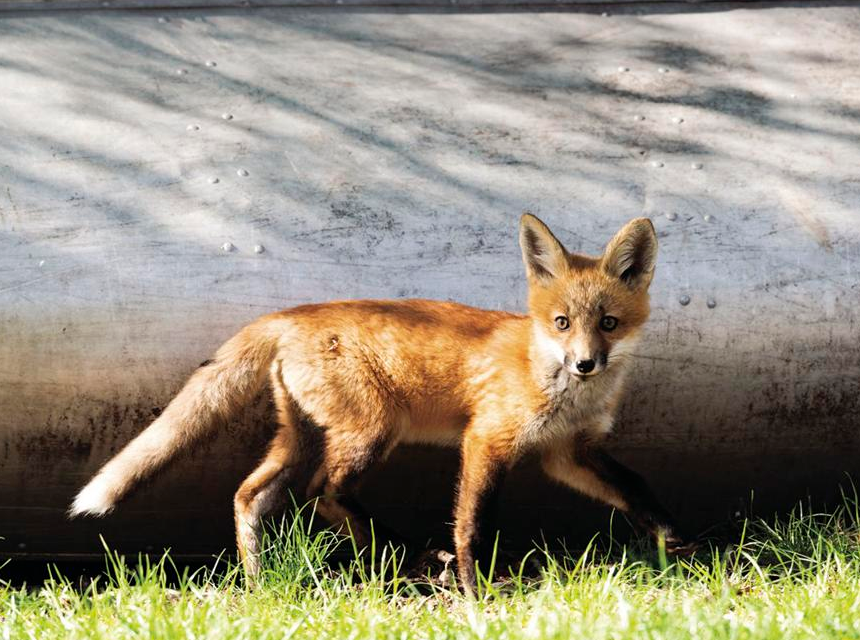

When you are a homeowner, you have a lot of things that you have to think about. If you have pets and a problem with ants, one thing you might look for is a good ant killer. Likewise, if you have a problem with mice in your house or around it and you are a pet owner, you will look for mice poison that is pet safe.
Today we are going to talk about a problem that a lot of homeowners have. Although it may not be as worrisome as other problems like mice or ants, nutsedge is something that you don’t want to have in your grass. So, we are going to give you some advice on how to get rid of nutsedge.
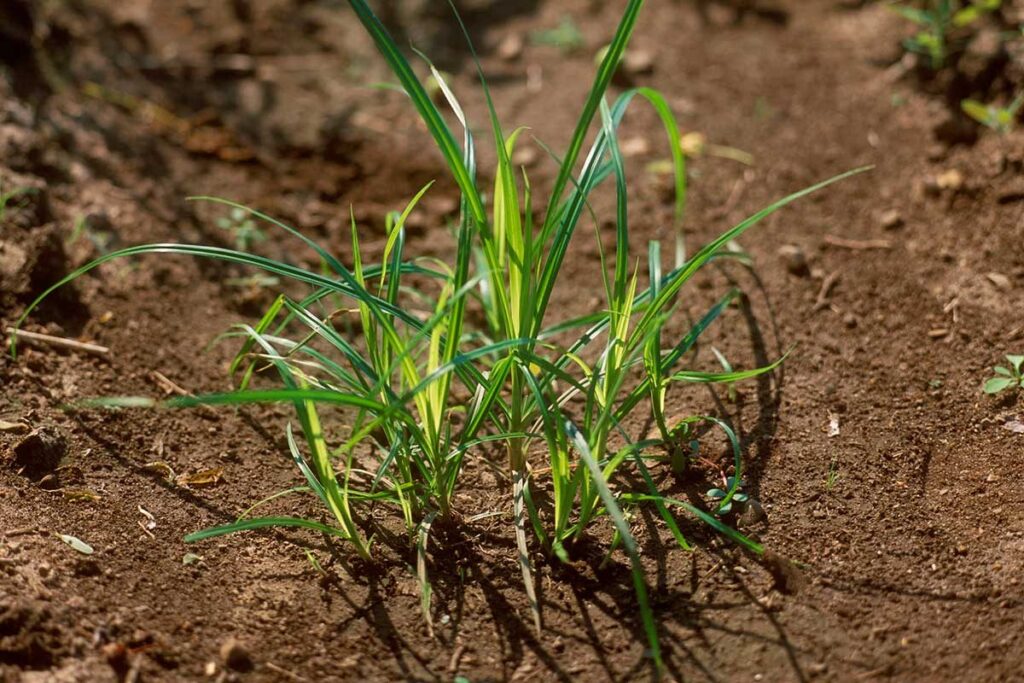
This perennial grass-like weed sprouts up on your lawn. It’s lighter green in color and will grow quickly when the weather is hot than the lawn. It prefers soil that is moist, but it also will thrive even when the soil is dry. The stems are V-shaped, helping you to distinguish them from grass. It produces tubers, known as ‘nutlets’ along with rhizomes underground. These will sprout brand new plantlets in the early spring to the middle of the summer. These plants eventually may create patches of at least 10 feet around or more.
Yellow nutsedge has bright yellowish green leaves that will clearly stand out against your turf grass, along with the darker green leaves of purple nutsedge. When you allow it to grow tall, it will produce distinctive clusters of yellow-brown spiky flowers when you have yellow nutsedge and or purple-brown flowers when you have purple nutsedge.
Another thing you should look for is the triangular stems. Roll the stem in your hands and feel the edge on. Compare it with the round stems of grass. You can also tell them by their shiny and smooth leaves with a distinct rib in the center and their v shape.
Nutsedge isn’t poisonous or toxic either to ingest or touch. A lot of dogs will eat it when their stomach is upset, or they simply enjoy its taste.
Even though it’s not dangerous, it’s not good for the lawn. When you have an infestation, it quickly can choke out your healthy grass, eventually taking over.
There’s a reason why so many people use old-fashioned methods for dealing with weeds. When you want to get rid of those pesky weeds in the yard, you can do it effectively by simply getting down on your hands and knees and pulling them out using your hands.
If you are able to catch it as nutsedge is first popping out from your ground, you can remove the new plants simply by just digging the plants up and then throwing them into the trash. Usually, weeding will be the best place to start when you are taking care of your lawn and it’s the best way that you can kill nutsedge and make sure it isn’t going to come back.
This may sound strange but sprinkling sugar on the lawn will cut through the nutsedge quickly. It will eat up the nutgrass as well as feed the beneficial microbes inside your lawn too. You shouldn’t use it for places where there are other weeds growing. If you have problems with it in your pond, duckweed killers are a better choice.
Sugar-Based Nutgrass Killer
This treatment should be applied during the spring. Wet your lawn thoroughly. Once the nutgrass has been wet, fill your sifter using the sugar and then go over to your infested area.
Turn your sifter over as you are walking along so that you’re covering that area with a uniform sugar layer. Once the lawn has been sugared, lightly wet it again. Repeat this treatment a minimum of 2 more times in the spring
A second natural method you can use for getting nutsedge from your lawn is to open it up for the wild animals that like eating it. There are many animals who enjoy eating weeds such as nutgrass. You take care of your nut grass problem and feed the animals at the same time.
Finally, the thing that you need to get rid of nutgrass could be right in your kitchen. This great product which is known for doing many things can also take care of annoying weeds and will be safe for you to use around animals and kids.
Below is the recipe you can use.
Dish Soap Recipe
Wait to do your spraying until there are a few days where no rain is forecast. This is going to help you with being more successful. Fill your spray bottle using the dish soap and water. Spray the nutgrass completely and make sure that the whole plant is coated.
You shouldn’t spray ground cover or garden plants with this solution because the dish soap will wipe those out along with that nutsedge. Repeat this process approximately once per week for 3-4 weeks until you see the nutsedge is dead.
What if you want to go the less natural route to get rid of it? There are two ways that you can do it.
There are a few herbicides that you can use for getting rid of the nutsedge. These usually are what work best, and they will show results quickly.
Check out your local hardware store or box store for the herbicides. If you are a pet owner, you want to be as prudent with checking to make sure that they are safe for pets just like you would with looking for the best pet-safe ant killer or best pet-safe mice poisons. You may have even seen them close to the products mentioned when you are looking for advice on how to get rid of some different pest. Ortho is one of the more common ones. A lot of the products will work. However, they usually aren’t very specific. Based on the grass you have; some herbicides can also cause damage to or even kill the grass along with the nutsedge.
Glyphosate-based herbicides are great for garden beds or areas where the soil is not dense and the Nutsedge has not yet been deeply rooted.
Do note, that this type of herbicide will not be effective in other areas of your lawn, especially for tubers that have already fully matured.
Now that you know how to get rid of nutsedge in your lawn and you have an idea of how to get rid of nutsedge in your garden, we are going to tell you how to prevent the problem in the first place.
Nutsedge will spread fast when just one tuber takes root in your lawn’s soil. So, you want to make sure that you are aware of what is around you and then watch for any possible infestation avenues.
Before you put down any new soil on the lawn, it’s a good idea to test it and make sure it doesn’t contain tubers or nutlets that are in it. This can be done by monitoring its content. Put the soil on a few paper towels and then closely look at it. Look for any kinds of roots and keep pictures of roots of nutsedge close by for comparison.
One thing that nutsedge loves is moist, poorly drained soil. A fast fix is mowing the lawn frequently. This will help it stay dry and ensure you have enough drainage. You also can till often or regrade the lawn. This also helps with a cricket problem, as they love to hang out in your grass. To be more specific, check our article on how to get rid of crickets.
Thanks for taking the time to read our article. Now you have an idea of how to get rid of nutsedge in your flower beds and your lawn. Even though nutsedge isn’t something that is dangerous to people or animals, it’s not something that you want on your lawn. So, you want to become familiar with what it looks like and then take time to prevent having a problem with it. You also keep the ways of getting rid of it handy if you ever do see it pop up.
